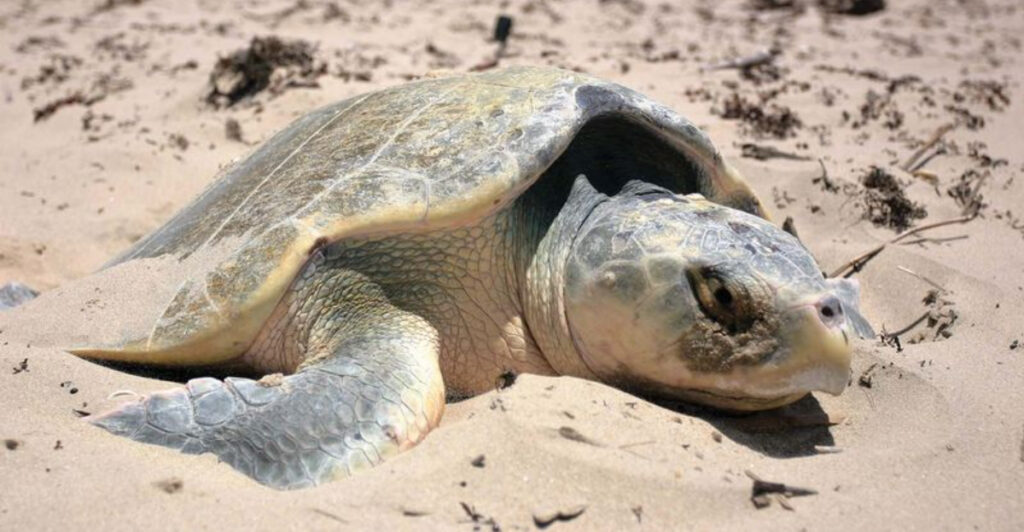Mustang Island stretches along the Texas Gulf Coast like a hidden treasure waiting to be discovered. This barrier island offers visitors peaceful coves, amazing wildlife, and miles of untouched beaches. Nature lovers and adventure seekers find everything they need on this special piece of Texas coastline.
1. Miles of Pristine Gulf Coastline
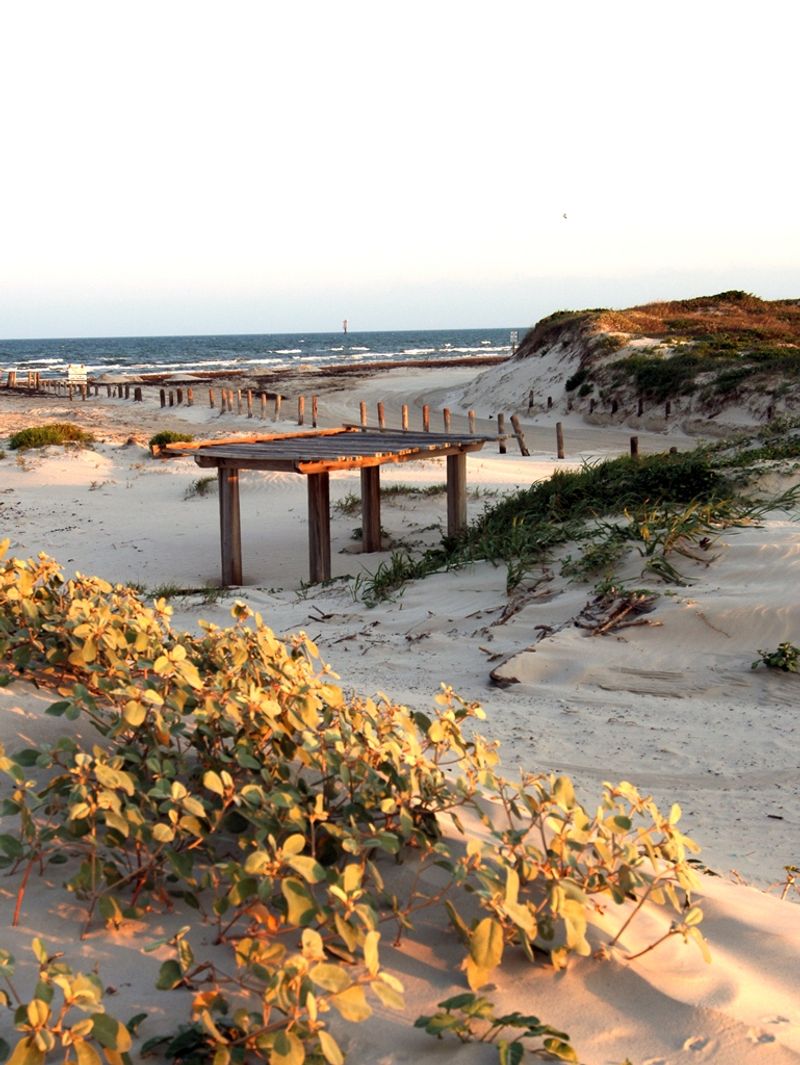
Enjoy five miles of untouched beach where the Gulf of Mexico meets soft sand. Mustang Island State Park protects this beautiful shoreline from development and crowds.
Families love building sandcastles while waves gently roll onto shore. Beachcombers discover colorful shells, smooth driftwood, and interesting sea glass scattered across the sand.
Swimming here feels like having your own private ocean. The protected waters stay calmer than other Gulf beaches, making it perfect for kids and nervous swimmers who want to enjoy the sea safely.
2. Peaceful Paddling Adventures Through Hidden Coves
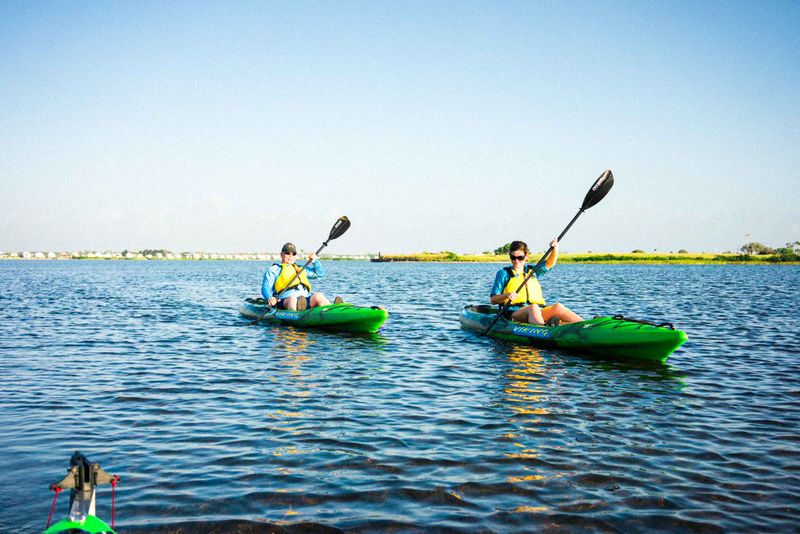
Three amazing paddling trails wind through calm bay waters where stress melts away with each paddle stroke. The North Trail stretches 8.5 miles, while Shamrock Loop covers 5.24 miles, and Ashum Trail extends 6.8 miles.
Beginners love these protected waterways because strong currents and big waves stay away. Experienced kayakers enjoy exploring hidden marshes and small islands that most people never see.
Wildlife watching becomes incredible from a kayak seat. Dolphins sometimes swim alongside paddlers, and colorful birds fish in shallow coves just arm’s length away from your boat.
3. Spectacular Bird Watching Paradise
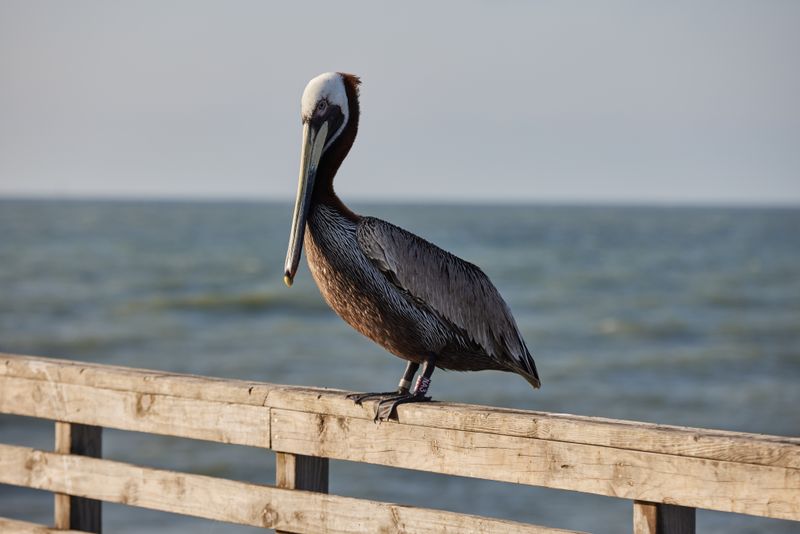
Over 400 bird species call Mustang Island home during different seasons. Spring and fall migrations turn the island into a feathered highway where rare birds stop to rest and feed.
Reddish Egrets dance through shallow water while hunting fish. Least Terns dive from the sky like tiny missiles. Brown Pelicans glide just inches above rolling waves.
Rangers lead special birding walks where visitors learn to spot different species. Bring binoculars and prepare to see Roseate Spoonbills with their bright pink feathers and long spoon-shaped bills during migration season.
4. Amazing Shallow Water Fishing Spots
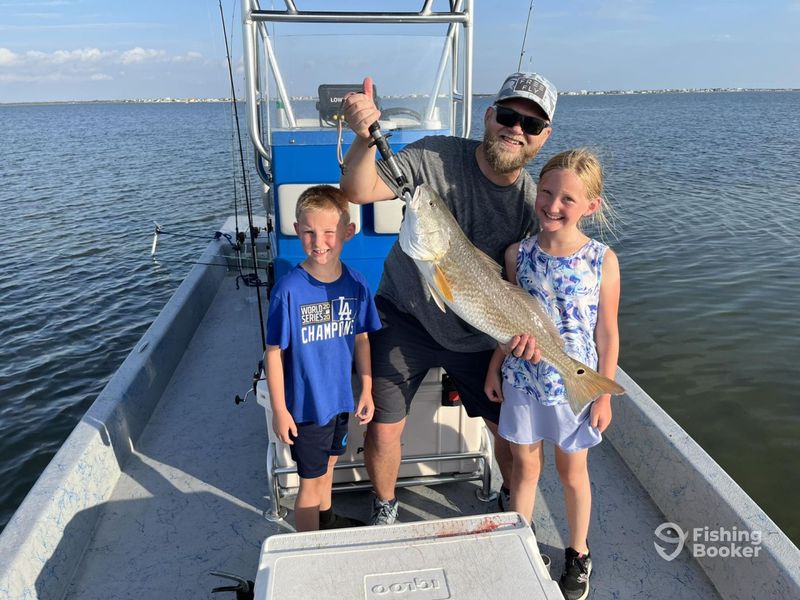
Spotted seatrout, redfish, and flounder swim through grass flats and mangrove areas where fishing dreams come true. These shallow waters stay protected from rough Gulf conditions.
Wade fishing becomes easy when water only reaches your knees. Kids can learn to cast without worrying about deep water or strong currents pulling them around.
Local fishing guides know secret spots where big redfish hide during different tides. Bring light tackle and artificial lures that work best in these clear, shallow bay waters where fish can see everything.
5. Comfortable Camping Near the Water
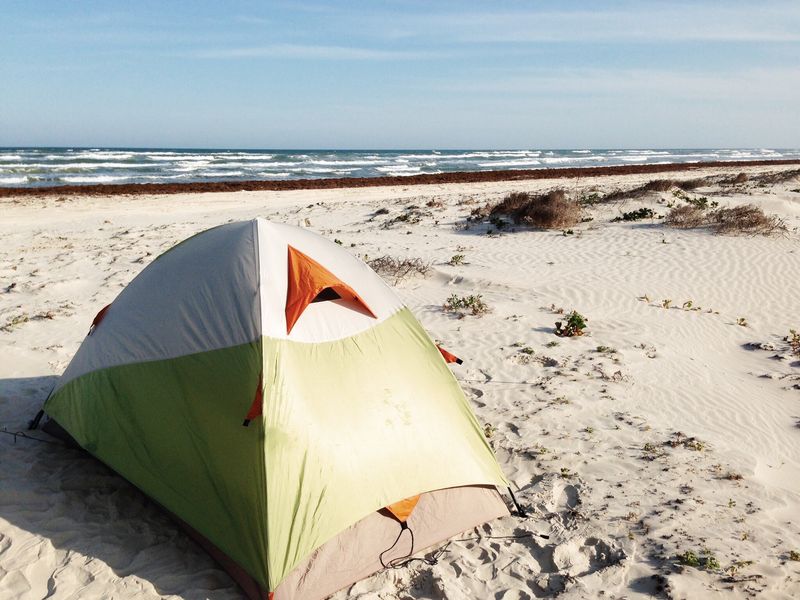
Forty-eight campsites with water and electricity let families enjoy nature without giving up basic comforts. Clean restrooms, hot showers, and picnic tables make camping feel easy and fun.
Primitive sites offer more adventure for people who want to rough it. Both options put campers just steps away from beautiful beaches and bay waters.
Two wheelchair-accessible beach zones ensure everyone can enjoy the coastline. Campsites fill up quickly during peak season, so smart visitors make reservations months ahead of time to secure their perfect spot.
6. Educational Nature Programs and Trails
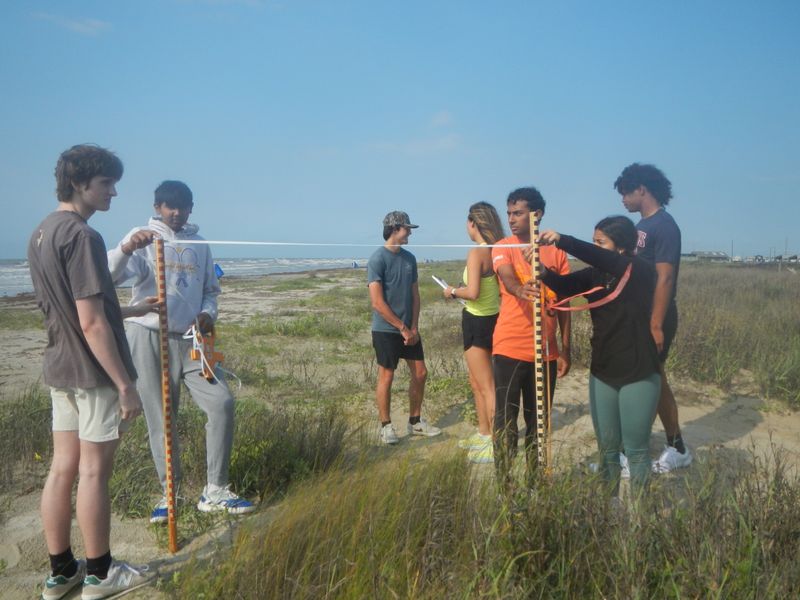
Rangers share fascinating stories about barrier island ecosystems during guided walks through dunes and salt marshes. Stargazing events reveal constellations invisible in city lights.
Beach ecology tours teach visitors how sea oats and yucca plants prevent sand dunes from blowing away. These tough plants survive salt spray and hurricane winds year after year.
Coastal trails loop through different habitats where native plants and animals adapt to harsh seaside conditions. Educational programs help people understand why protecting these fragile ecosystems matters for future generations to enjoy.
7. Endangered Sea Turtle Nesting Ground
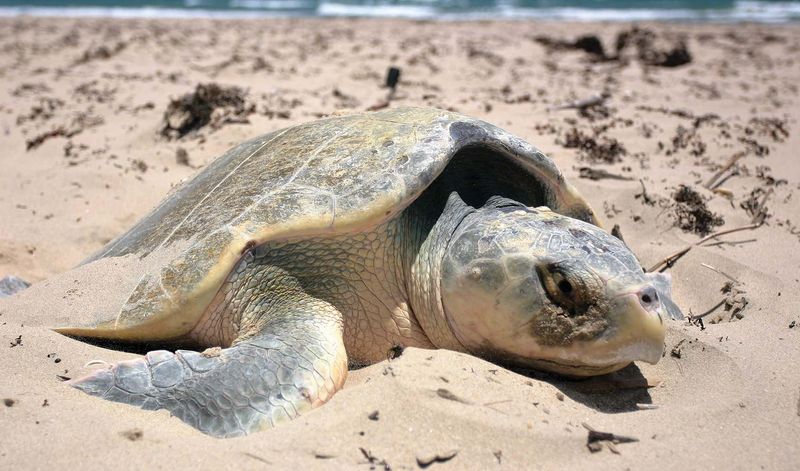
Wild mustangs once roamed this island, giving it the famous name that still sticks today. Now endangered Kemp’s ridley sea turtles choose these beaches for their precious nesting sites.
From April through July, female turtles crawl onto sand to lay eggs in carefully dug holes. Park staff protect these nests from predators and human disturbance.
Baby turtles emerge after two months and race toward ocean waves guided by moonlight. Visitors might witness this incredible natural event, but only a few nests appear here each year compared to nearby islands.

